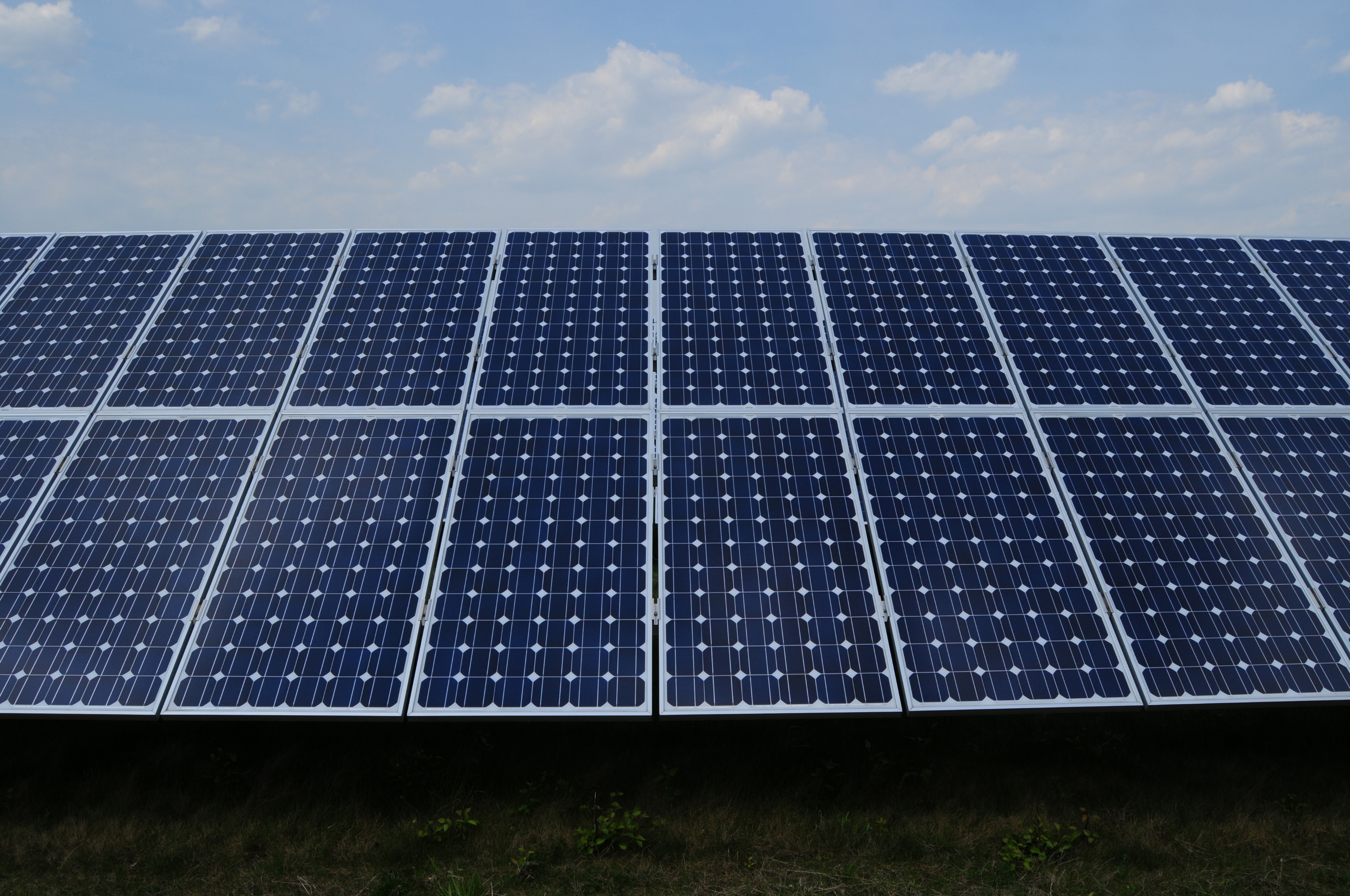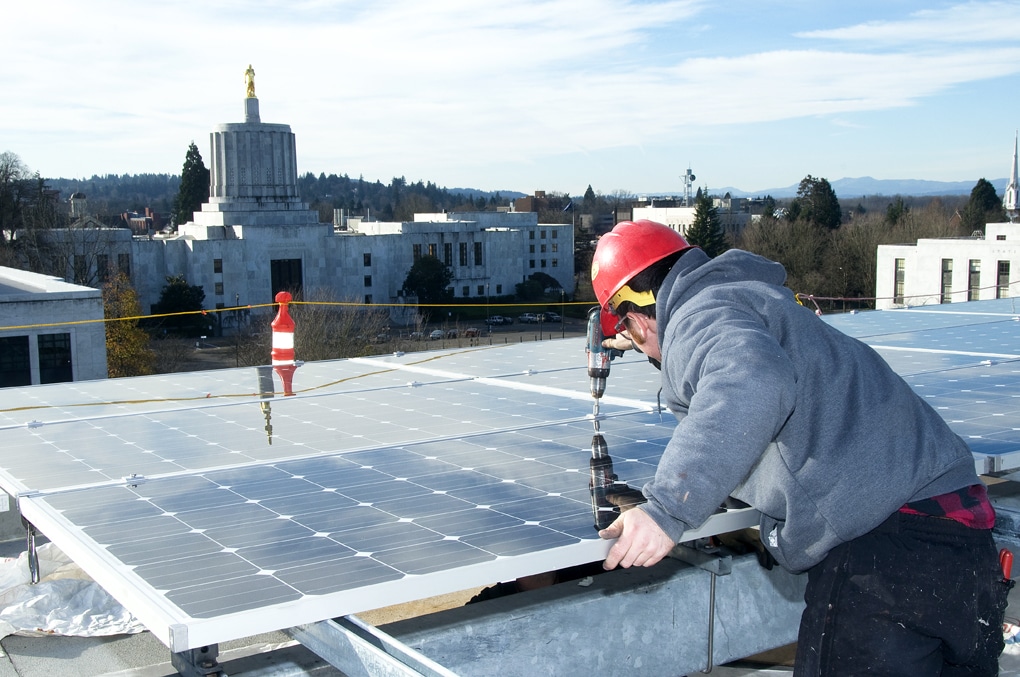The perfect solar panel actually varies in utilization. The high efficiency of monocrystalline panels(20-25%, up to 200 watts per square meter) makes them perfect for household or commercial purposes that require lots of electricity, but only next project, too, because they are limited in space. Its polycrystalline counterpart is a little less efficient, working at 15 to 17 percent, and therefore, it costs slightly less with use for projects under budget. Thin-film panels have an efficiency of 10-12% and are used in low-profile applications like portable electronics. Choice also takes into account the service life of monocrystalline plates, which normally last for 25 to thirty years, providing far better long-term power generation and, additionally ideal alternative against extreme environments.
What Are Photovoltaic Cells, and Why Do They Matter
Solar panels harvest light from the sun through photovoltaic cells (PV Cells), which are vital to solar cell functioning. It comes down to the different efficiencies of various PV cells. Monocrystalline solar panels that are constructed using a single crystal structure help achieve up to 20-25% efficiencies, for example. On the other hand, polycrystalline panels will have many crystal structures and are typically a little less efficient at around 15-17%. That efficiency difference then translates directly into electrical output. An alternative to this, a monocrystalline panel would produce 200 watts per square meter in perfect sunlight, and polycrystalline may only manage at the best offer, around 170.
Thin-film solar panels are lighter, more flexible and have efficiencies that hover around 10–12%, making them well-suited for portable applications, but they fall short of the mark when it comes to large-scale power production.
How Solar Panels Interact with AC and DC Systems
Solar energy generates direct current (DC), and this format is crucial for some types of applications, including battery storage or small off-grid systems. In the case of a traditional 5-kilowatt (kW) solar array, for example, where any excess generation can theoretically be stored in an average-size battery of around 10 kilowatts-hours (kWh), this can power DC systems directly.</span> <span class="md-plain">That being said, the majority of residential homes and commercial businesses are powered by alternating current (AC) electricity. An inverter is needed to transform DC energy into AC for solar integration with the grid or regular electrical processes. It has an energy loss of 5-10% in the conversion process. This means a 5kW panel array produces approximately the amount of watts in DC energy that it takes to power an indoor AC home, such as about 4500-4750 watts, whilst here is well beforehand of the products needed for conversion.
Comparing Solar Panels in Terms of Lifespan and Durability
In particular, monocrystalline panels usually last the longest, running 25–30 years ( with a low degradation rate of less than 0.3 % per year). Monocrystalline has a bit of a better rate, degrading at 0.4% annually and coming to the end of its life after about three decades), while polycrystal arrives at least slightly earlier — they degrade by 0.5%, so they last for only two or five years less than monocrystal ones (20-25 year guaranty). This difference results in monocrystalline panels still producing 93% of their original power after twenty-five years, while a polycrystalline panel may deliver only 87%.
The panels are far more fragile and generally have a lifespan of 10 to 15 years. A lightweight thin-film panel installed on a mobile home, for instance, may become less efficient much sooner because the environment more easily degrades it.
Energy Output and Efficiency Based on Geographical Location
Geography plays a critical role in solar panel performance. In sunnier climates, such as Arizona or Southern California, a monocrystalline solar panel could generate up to 6 kWh per square meter per day. However, in cloudier regions like Seattle, the same panel might only produce 3-4 kWh daily. Polycrystalline and thin-film panels, due to their lower efficiency, would see even more significant reductions in these regions, dropping to around 2.5-3 kWh.
The type of inverter used (centralized vs. microinverters) also affects how panels perform under various light conditions. Microinverters, for instance, allow each panel to operate independently, improving efficiency in partially shaded areas by 5-15%.
Cost vs. Energy Savings Over Time
In 2023, monocrystalline panels will cost the upfront price of $1.00 per watt, which is significantly higher than polycrystalline panels at around $0.80 per watt. This implies that a 5 kW monocrystalline system would be around $5000, while a similar size polycrystalline sort would ensure you with low cost of calculation.
Due to their superior efficiency and longer lifespan, monocrystalline panels usually deliver better savings over the long term. Here is the breakdown: Over 25 years, a typical output from a 5-kW monocrystalline system could produce around 150,000 kWh — which adds up to approximately $18,000 in electricity bills saved using an average rate of $0.12 per kWh. This might save $15,600 and be produced by only 130000 kWh if we consider a polycrystalline system.
Different solar panels will be more attractive to different buyers depending on their priorities, such as upfront expense or long-term effectivity and regional environmental factors.



